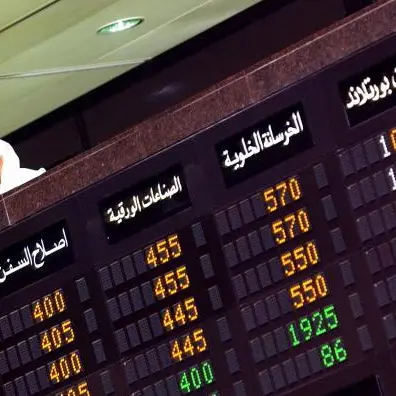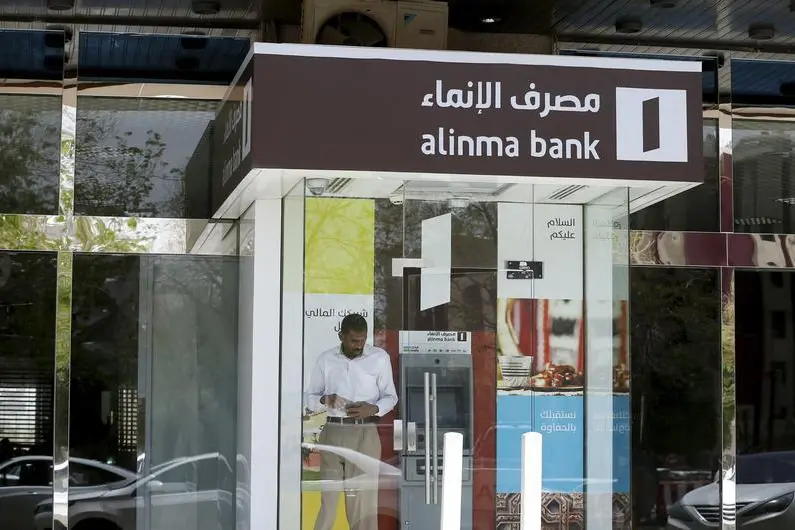Fitch Ratings-London: The implementation of final Basel III rules by the Saudi Central Bank (SAMA) from 1 January 2023, consistent with the internationally agreed framework, will favour banks with the largest exposures to residential and commercial mortgage loans and high-quality project finance, Fitch Ratings says.
By contrast, banks with significant exposures to land acquisition, construction and development, financial guarantees and equities will face moderately higher capital requirements. The average capital ratio for the banking sector as a whole will be broadly unchanged, according to the parallel run conducted in 2022 by SAMA.
The final Basel III rules do not change our 2023 credit growth forecast of 12% (2022: 14%) for Saudi Arabia. Some wholesale exposures will consume more capital, but the largest banks can absorb the impact given their solid capital buffers. Saudi Arabia is one of the few jurisdictions to meet the internationally agreed official Basel III implementation date, alongside Australia, Canada, Indonesia and South Korea. This supports our view that SAMA is one of the most sophisticated and conservative regulators in the Middle East and Africa.
Retail-focused banks’ capital ratios will benefit from more granular risk-weightings, generally lower than under the previous regime. As the loan/value (LTV) ratio on residential mortgage loans is capped at 90% by SAMA, the risk-weight for residential mortgage loans will fall to 20%-40% from 50% previously. We expect risk-weights for most mortgage loans to be between 20% (for LTVs up to 50%) and 30% (for LTVs between 60% and 80%) due to the prevalence of large downpayments.
This should be particularly positive for banks with a high proportion of retail lending, especially Al Rajhi (A-/Stable), Saudi National Bank (A-/Stable) and Bank Aljazira (BBB+/Positive). However, risk-weights on mortgages for home financing could rise if falling real estate valuations push up LTVs as SAMA may require banks to revise property valuations downwards and will not allow subsequent increases to above the value at origination.
Banks with corporate exposures will have mixed impacts. Risk-weights for commercial real estate will generally be lower, for example 90% for LTVs up to 80% (when repayments are dependent on property cash flow) instead of 100%. However, land acquisition, development and construction exposures will face higher risk-weights (150% instead of 100%) if not significantly covered by equity and pre-sales.
Project finance exposures will be more capital-consuming in their pre-operational phase (130% risk-weight instead of 100% during the operational phase), but high-quality project finance exposures will benefit from a reduced risk-weight in the operational phase (80%). We believe most infrastructure project exposures could be considered ‘high-quality’, with the government being the ultimate payer. We also expect lenders’ appetite for project financing to increase in the medium term under the Vision 2030 programme. Collateralised lending against listed domestic shares will also be less capital-consuming.
Credit conversion factors (CCF) on financial guarantees, which are frequently extended by Saudi banks, will increase to 100% from 50%, resulting in a higher charge, although CCF on undrawn committed lines of credit will decrease to 40% from 50%. The risk-weight for most types of equity investments will increase gradually over five years to 250% from 100%. For a maximum of five years under the final Basel III rules, banks may still use external ratings that incorporate assumptions of implicit government support. After that, they will have to use ratings that do not factor in such support.
We do not expect the revised standardised approaches for operational and market risk to have a material impact on Saudi banks’ capital metrics. In addition, the 72.5% output floor (which caps the benefit of model-based approaches for calculations of risk-weighted assets (RWA) compared with standardised approaches at 27.5%) will have no impact as Saudi banks only use standardised approaches for their RWA calculations.
-Ends-
Contact:
Matt Pearson
Communications Associate, Corporate Communications
Fitch Group
30 North Colonnade
London
E: matthew.pearson@thefitchgroup.com



















